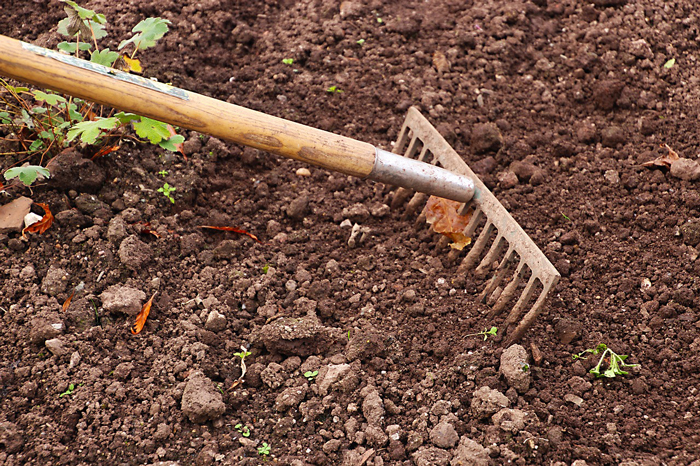The vibrant colors of autumn in New England are a breathtaking sight, but beyond the foliage lies an opportunity to prepare your garden for a successful spring. Fall gardening isn’t just about tidying up; it’s about setting the stage for robust growth and a stunning display of flowers and vegetables next year. By implementing these fall gardening tips, you can ensure your New England garden thrives.
Essential Fall Garden Cleanup for New England
Before winter’s chill sets in, it’s crucial to clean up your garden beds. This helps prevent disease and pests from overwintering and gives your plants a head start in the spring.
- Remove Dead or Diseased Plants: Eliminate any plants showing signs of disease or pest infestation. Dispose of them properly to prevent spread.
- Clear Debris: Rake up fallen leaves, twigs, and other debris. These can harbor pests and diseases. Consider composting healthy leaves!
- Weed Thoroughly: Remove all weeds, including their roots. This will prevent them from competing with your desired plants in the spring.
Soil Preparation: The Foundation of a Healthy Garden
Preparing your soil in the fall is vital. Amending the soil now allows it to break down over the winter, enriching it with nutrients for the spring planting season.
Adding Organic Matter: Incorporate compost, aged manure, or leaf mold into your soil. This improves drainage, aeration, and nutrient content.
Soil Testing: A soil test can reveal any nutrient deficiencies or pH imbalances. Amend your soil accordingly based on the test results.
Cover Cropping for Soil Health
Cover crops are a fantastic way to improve soil health and prevent erosion over the winter months.
Choosing the Right Cover Crop: Select a cover crop that suits your soil type and gardening goals. Rye, oats, and clover are popular choices in New England.
Planting for Spring: Bulbs and Beyond
Fall is the ideal time to plant spring-blooming bulbs and certain perennials. The cool temperatures and moist soil provide the perfect conditions for root establishment.
Planting Bulbs: Tulips, daffodils, hyacinths, and crocuses should be planted in the fall for a spectacular spring display. Dig holes twice as deep as the bulb is tall and plant with the pointed end facing up.
Perennial Planting: Many perennials can be planted in the fall, giving them time to establish roots before the winter; Choose varieties that are hardy in your New England climate zone.
Protecting Tender Plants
Some plants may need protection from the harsh New England winters.
Mulching: Apply a thick layer of mulch around tender plants to insulate their roots and protect them from frost heave. Use materials like straw, shredded bark, or pine needles.
FAQ: Fall Gardening in New England
Here are some frequently asked questions about fall gardening in New England.
- When is the best time to plant bulbs in New England? The best time is generally from late September to late November, before the ground freezes.
- What vegetables can I plant in the fall in New England? Garlic, spinach, kale, and radishes can be planted in the fall for a late harvest or early spring crop.
- How do I protect my roses from winter damage? Prune your roses lightly, mulch around the base, and consider wrapping them in burlap for extra protection.
Fall gardening in New England is a rewarding endeavor that sets the stage for a vibrant and productive garden in the spring. By following these tips, you can ensure that your garden is well-prepared for the challenges of winter and ready to flourish when the weather warms up. Remember to focus on cleaning up garden beds, amending the soil with organic matter, and planting spring-blooming bulbs and hardy perennials. Don’t forget to protect tender plants from the harsh winter conditions. With a little preparation and effort in the fall, you can enjoy a beautiful and bountiful garden for years to come.

